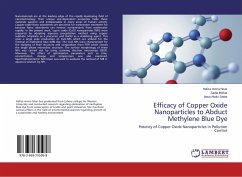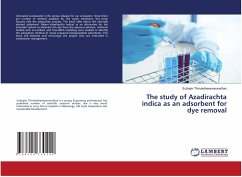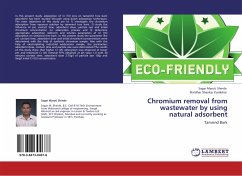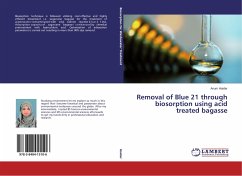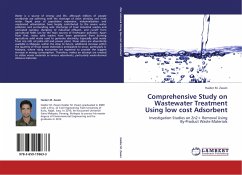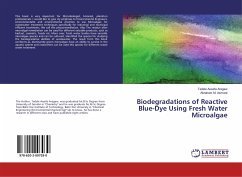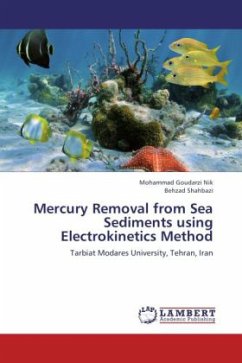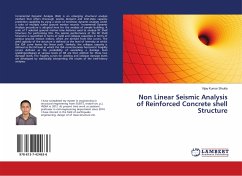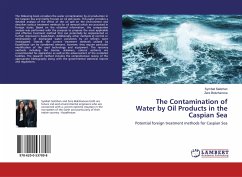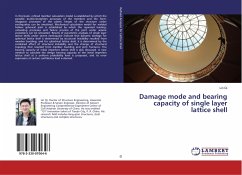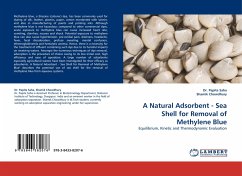
A Natural Adsorbent - Sea Shell for Removal of Methylene Blue
Equilibrium, Kinetic and Thermodynamic Evaluation
Versandkostenfrei!
Versandfertig in 6-10 Tagen
32,99 €
inkl. MwSt.

PAYBACK Punkte
16 °P sammeln!
Methylene blue, a thiazine (cationic) dye, has been commonly used for dyeing of silk, leather, plastics, paper, cotton mordanted with tannin, and also in manufacturing of paints and printing inks. Although methylene blue is not hazardous compared to other commercial dyes, acute exposure to methylene blue can cause increased heart rate, vomiting, diarrhea, nausea and shock. Potential exposure to methylene blue can also cause hypertension, pre-cordial pain, dizziness, headache, fever, fecal discoloration, profuse sweating, mental confusion, ethemoglobinemia and hemolytic anemia. Hence, there is ...
Methylene blue, a thiazine (cationic) dye, has been commonly used for dyeing of silk, leather, plastics, paper, cotton mordanted with tannin, and also in manufacturing of paints and printing inks. Although methylene blue is not hazardous compared to other commercial dyes, acute exposure to methylene blue can cause increased heart rate, vomiting, diarrhea, nausea and shock. Potential exposure to methylene blue can also cause hypertension, pre-cordial pain, dizziness, headache, fever, fecal discoloration, profuse sweating, mental confusion, ethemoglobinemia and hemolytic anemia. Hence, there is a necessity for the treatment of effluent containing such dye due to its harmful impacts on receiving waters. Amongst the numerous techniques of dye removal, adsorption is the procedure of choice owing to its low initial cost, high efficiency and ease of operation. A large number of adsorbents especially agricultural wastes have been investigated for their efficacy as adsorbents. A Natural Adsorbent - Sea Shell for Removal of Methylene Blue" describes the potential use of sea shell for the removal of methylene blue from aqueous systems.



